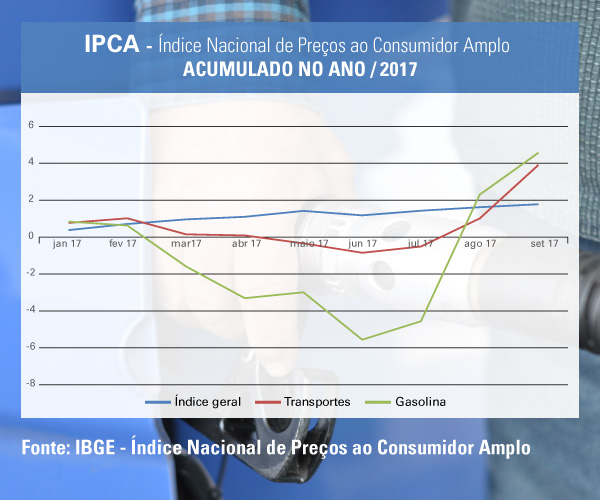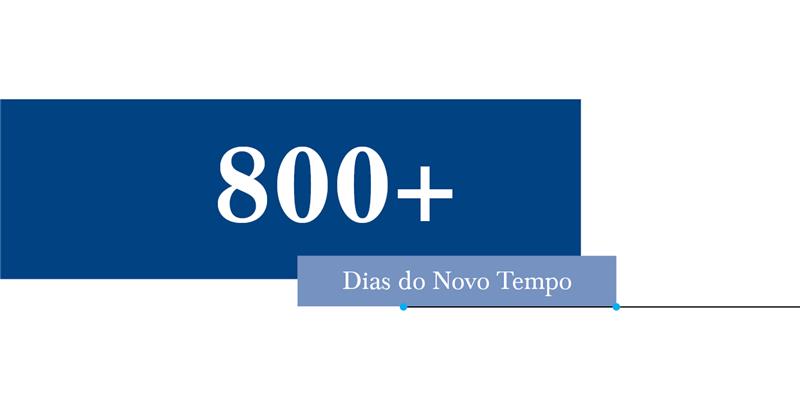Fuels boost inflation in September
October 06, 2017 09h00 AM | Last Updated: October 09, 2017 10h02 AM
With a high of 1.91% in September, against the previous month, fuels were the items that most influenced the 0.16% change of the Extended National Consumer Price Index (IPCA), released today by the IBGE. The liter of gasoline stood, on average, 2.22% more expensive than in August. The high was influenced by the fuel prices in the last months. In the cumulative index of the year, the IPCA, which considers the basket of products consumed by families with income ranging from one to 40 minimum wages, registered 1.78%, and, in the last 12 months, 2.54%.

Of the nine groups of products surveyed by the IPCA, just Food and beverages (-0.41) and Housing (-0.02) recorded price drops. The manager of the survey, Fernando Gonçalves, explains the results: “The crops of the first half of the year were crucial to the decrease in food prices. As to housing, the drop can be mainly attributed to the change in the tarrif flag of the electricity bills in September, which reduced the charge on the Kw/h of the househods by one cent."
INPC has its lowest rate since 1998
The National Consumer Price Index (INPC), also released today, recorded -0.02%, the lowest change for the month of September since 1998, when it registered -0.31%. The cumulative changes for the year and in 12 months had also record decreases: they are the lowest for the month of September since the implantation of the Real Plan. The INPC reflects the products with the biggest weight in the budget of families with income from one to five minimum wages, whereas the IPCA refers to families with income ranging from one to 40 minimum wages.
The INPC and the IPCA are calculated by the IBGE since 1979 and 1980, respectively. In order to estimate the index of the month, the prices collected from August 30 to September 27 (reference) were compared to those in force from August 1 to August 29 of 2017 (base).
Both surveys are carried out in the Metropolitan Areas of Belém, Fortaleza, Recife, Salvador, Belo Horizonte, Rio de Janeiro, São Paulo, Curitiba, Vitória and Porto Alegre, Brasília and municipalities of Goiânia and Campo Grande.
Text: João Neto and Pedro Renaux
Image: Pixabay
Graph: Marcelo Barroso



















